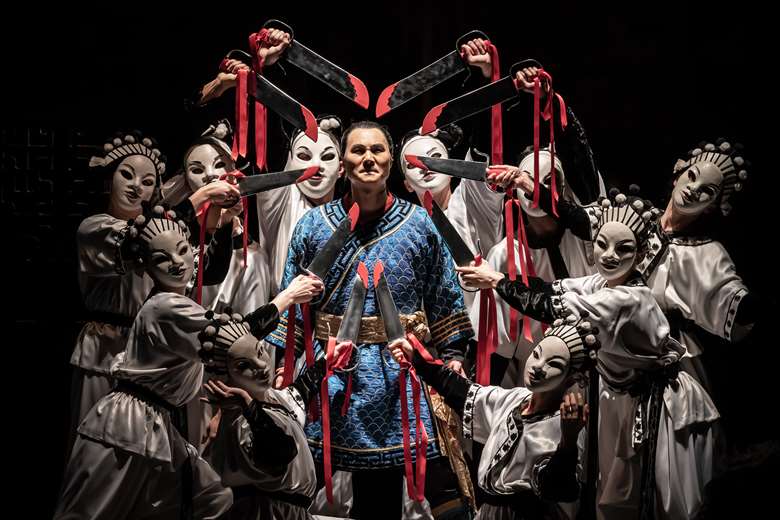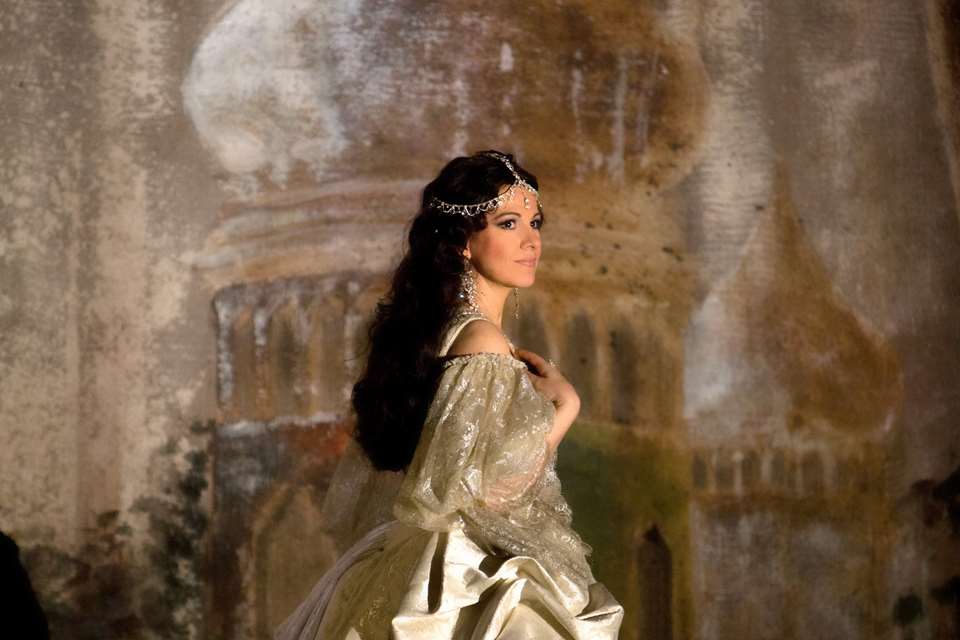Puccini: Love, ladies and a lost finale
Jon Tolansky
Wednesday, January 24, 2024
As we mark the 100th anniversary of the composer’s death, Jon Tolansky explores Puccini’s relationship with his female characters and their vividly imagined environments through his unfinished final opera, Turandot, and the composer’s notorious struggle to find a believable conclusion for the Chinese princess


Register now to continue reading
Don’t miss out on our dedicated coverage of the classical music world. Register today to enjoy the following benefits:
- Unlimited access to news pages
- Free weekly email newsletter
- Free access to two subscriber-only articles per month


